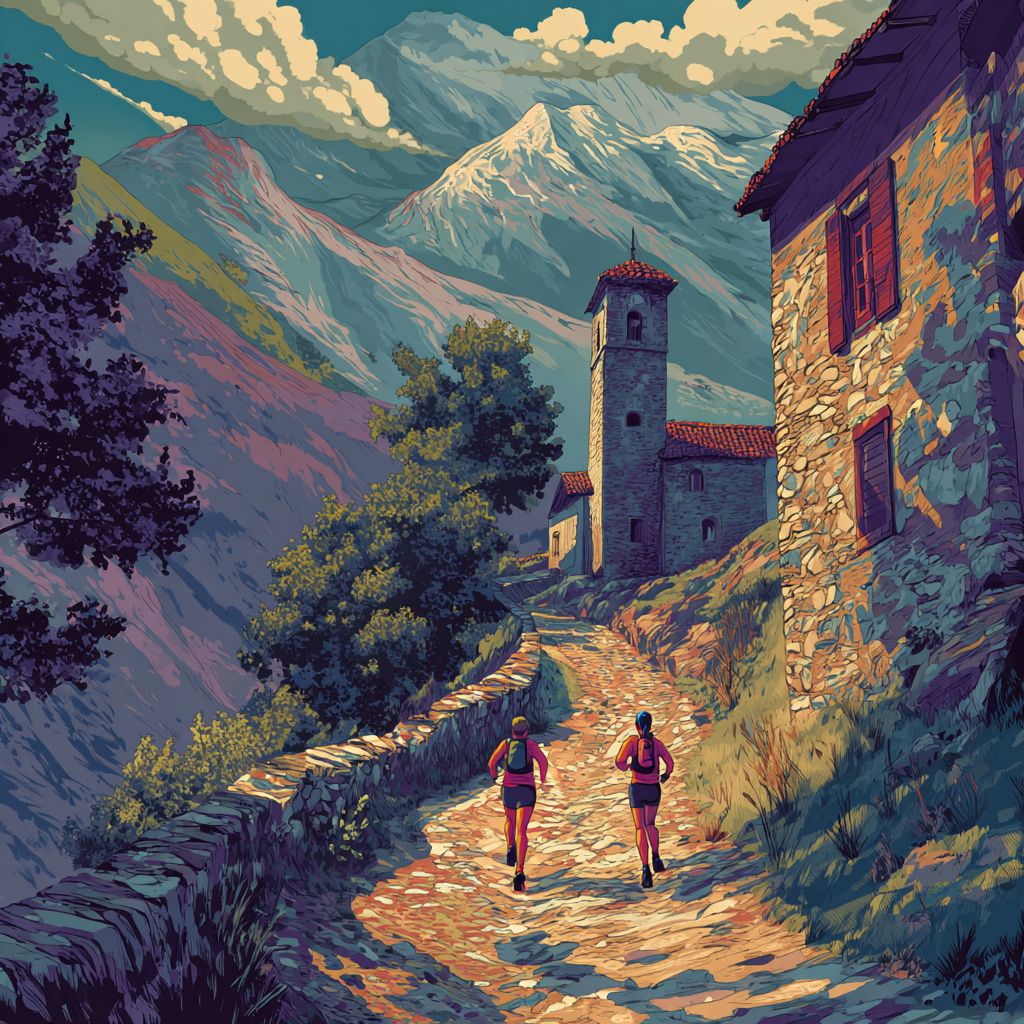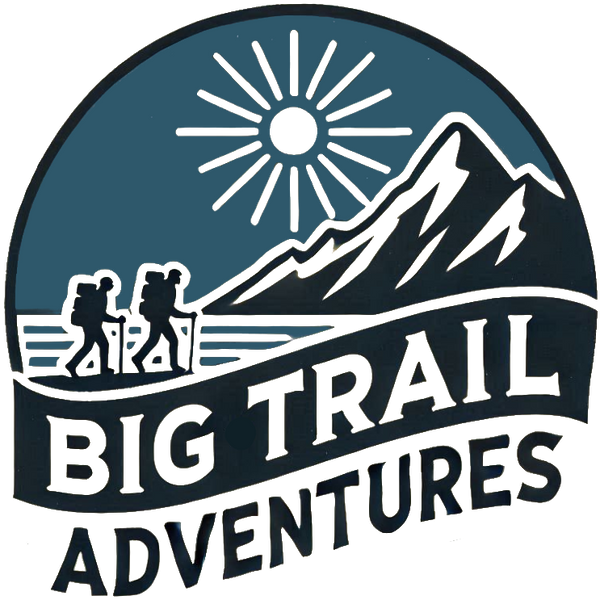
Following Roman Footsteps through Albania
Share
Today I’m joined by Bodil Oudshoorn. At work, she’s a product manager in running, leading an elite footwearprogramme — and she happens to have a PhD in shoe grip. Away from the lab and office, Bodil is a committed long-distance adventurer with trails across South America, Japan, and Europe under her belt.
In this conversation, we dive into her fast-packing run along the Via Egnatia — an ancient Roman road stretching roughly 500 km from Durrës (Albania) to Thessaloniki (Greece). Bodil and a friend covered it in 12 days, averaging about a marathon a day. Through mud, mountains, and border towns, we get into the history underfoot, the generous local hospitality, food and logistics, and what it feels like to push through an injury — on Haribo fuel.
What is the Via Egnatia?
“It’s a long-distance trail — mostly a hike for most people — with deep history. The Romans built it about 2,000 years ago so legions could march 25–30 miles a day across the empire. That cadence actually makes it a great fast-packing route today.”
Because the Romans placed waystations/settlements every 25–30 miles, many grew into today’s towns and villages — perfect overnight stops.
Is it straight like a Roman road?
“Parts are. But centuries of farming and construction mean you do twist and turn. On the map it still draws a remarkably efficient line from Durrës to Thessaloniki.”
Distance and pace
-
~500 km total
-
12 days
-
~42 km per day on average
First steps out of Durrës
“We ran it in winter expecting ‘southern Europe’ weather… and got rain and mud. Early days were slick farmland tracks through Albanian countryside — turkeys, chickens, goats, herders, and small farms.”
Off the tourist trail — what’s the vibe?
“Very different from the Camino or TMB. Tourism is minimal. People were hugely welcoming — waving us on, inviting us in for strong coffee, proudly showing trail logbooks to sign. That year we counted about 16 trail users in the book before us — no wonder folks were excited to see us.”
Where did you stay?
The route is conceived as a mix of camping and guesthouses. To keep daily distances runnable, Bodil’s team left the tent at home and used simple rooms:
-
Family guesthouses with breakfast
-
One gloriously gold-trim hotel (off-season bargain!)
-
A memorable Airbnb in the North Macedonian countryside run by a retired pro footballer and his wife — “We don’t do fast food; we do slow food.”
What did you carry?
“15–20 L packs. One running set and one dry set.”
Typical kit:
-
Long-sleeve merino, down jacket, full waterproofs
-
E-reader and a puzzle book for evenings
-
Safety: foil blanket, first-aid kit, KT tape
-
Food & water for the day
Pack weight: ~6 kg dry; ~8 kg with water/lunch.
Food and water realities
Shops are sparse. Expect tiny kiosks heavy on crisps, biscuits, and… filled croissants (“we lived on the 7-Eleven-style chocolate ones”). Their winning system:
-
Restaurant dinner every night (often Italian: pasta + salad + many drinks)
-
Extra takeaway pizza — half for a second dinner, half bagged for lunch
-
Occasional apples from roadside orchards and gift walnuts (great, but slow to crack!)
Surprise moments
-
Rails as trail:
“For about 5 km, the route literally uses an active railway. Locals said the train runs twice daily; otherwise people just walk the sleepers. Strange and jarring, and definitely heads-up territory for visitors.”
-
History underfoot:
“Early on we hit preserved cobbled sections and stone bridges — instant time-machine. You feel the Roman rhythm in your stride.”
When plans fall apart
“I picked up a foot tendon issue on day two (painful but manageable). One planned day was 70 km with no lodging. We gambled on a border town having something; it didn’t.”
Solution: phone a Greek friend from PhD days. She called a taxi in Greek to the village church (every village has one), whisked them to a town with hotels. Next morning they returned to the exact spot and resumed the trail. No shortcuts; just smart logistics.
Weather + injury: how did you keep going?
“Haribo turned out to be a shockingly effective morale booster/pain distraction. Also: singing, and a good friend who knows when to talk and when to be quiet.”
Teamwork: Bodil took point as dog-bodyguard when packs of semi-feral farm dogs came barking; her friend lightened Bodil’s pack when the foot flared.
“You take turns being the strong one.”
Terrain and variety
-
Countryside is the constant, but the mix is big: woodland tracks, river wades, a remote 1,700 m pass in North Macedonia, and a longer road section skirting Lake Ohrid (off-season, but clearly a summer resort area).
-
Crossing into northern Greece felt more mechanised (tractors, bigger fields) and oddly emptier — fewer walkers, fewer mom-and-pop shops.
A moment she’ll never forget
“After a noisy road slog, cresting the high pass and free-running the descent — then finding apples. It was Christmas week; we were giddy at the thought of hot chocolate and our usual pasta-and-pizza combo in the next village.”
One piece of advice
“Be open — and be prepared. Bring your own warmth and curiosity, but carry enough food and essentialsto be self-reliant when plans change. You’ll be amazed how welcome you are in Albania and North Macedonia — and how proud people are to share their places.”
The feeling she’d bottle
“Friendship. Twelve days with my friend Lisa — trading the ‘strong role’, chasing away dogs for her, her Haribo pep talks for me, sharing in-jokes (like slurping honey pinched from breakfast pots). We finished in Thessaloniki on New Year’s Eve with Prosecco in espresso cups… and fell asleep at 00:05.”
